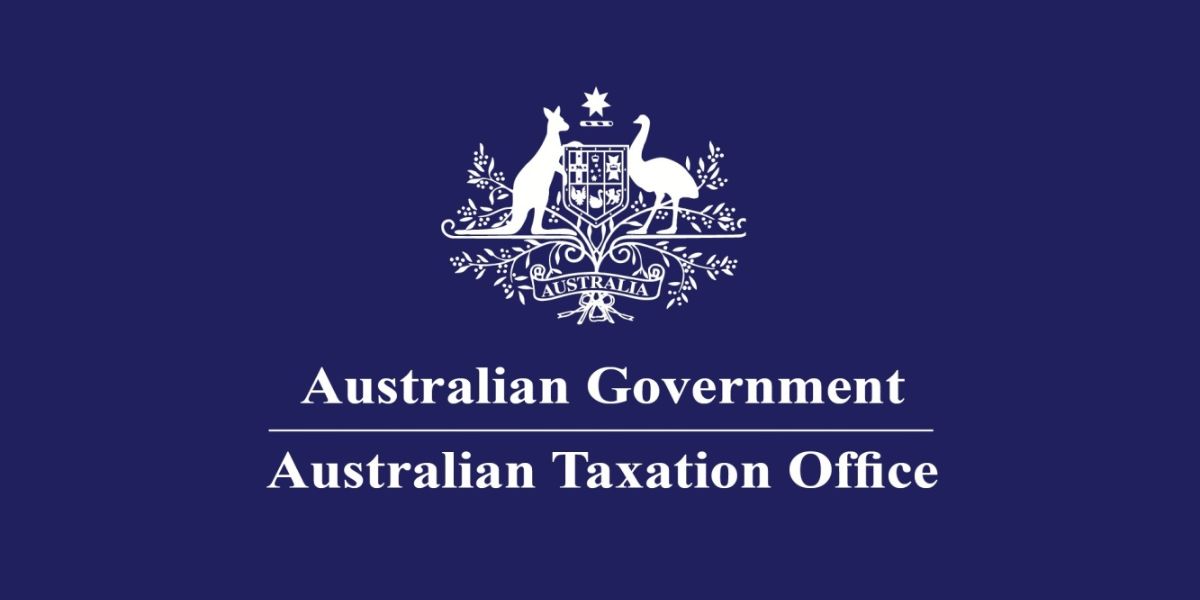On 12 August 2020, the Australian Taxation Office (ATO) released its finalized practical guidance dealing with the application of the arm’s length debt test (ALDT) which applies as one of the options for determining deductibility of interest and other debt costs under Australia’s thin capitalization rules.
This arm’s length debt test is one of the tests available to establish an entity’s maximum allowable debt amount for thin capitalization purposes. It focuses on identifying a notional amount of debt the Australian business would reasonably be expected to have, and what independent commercial lenders would reasonably be expected to lend (at arm’s length).
Specially, the following publications set out the ATO’s final views in this regard:
- Taxation Ruling TR 2020/4 which provides the Commissioner’s views on key technical aspects of the ALDT, and
- Practical Compliance Guideline PCG 2020/7 which provides guidance on the practical application of the ALDT as well as a risk assessment framework in respect of the ATO’s compliance approach.
Taxation Ruling TR 2020/4: Income tax: thin capitalization – the arm’s length debt test
Taxation Ruling TR 2020/4 deals with the application of the arm’s length debt test contained in the thin capitalization rules in Division 820 of the Income Tax Assessment Act 1997.
The thin capitalization rules set a limit on the amount of debt that can be used to finance an entity’s Australian operations. For entities that are not authorized deposit-taking institutions (non-ADIs), the arm’s length debt amount for the year is one amount that can be used to determine an entity’s maximum allowable debt. For tax purposes, an entity’s debt deductions are reduced to the extent that its adjusted average debt exceeds its maximum allowable debt.
This Ruling applies to an entity who seeks to apply the arm’s length debt test contained in section 820-105 (for outward investing entities (non-ADI)) and section 820-215 (for inward investing entities (non-ADI)).
The purpose of this Ruling is to provide interpretative guidance on key technical issues that may arise in determining an entity’s arm’s length debt amount. This Ruling also provides interpretative guidance relating to the record-keeping requirements in section 820-980.
Practical Compliance Guideline PCG 2020/7: ATO compliance approach to the arm’s length debt test
This Guideline provides guidance to entities in applying the arm’s length debt test in Division 820 of the Income Tax Assessment Act 1997 and should be read in conjunction with Taxation Ruling TR 2020/4 Income tax: thin capitalisation – the arm’s length debt test. This Guideline also provides a risk assessment framework that outlines our compliance approach to an application of the arm’s length debt test.
The arm’s length debt test is one of the tests available to establish an entity’s maximum allowable debt for thin capitalization purposes. The test focuses on identifying an amount of debt a notional stand-alone Australian business would reasonably be expected to borrow, and what independent commercial lenders would reasonably be expected to lend on arm’s length terms and conditions. An entity’s debt deductions are reduced to the extent that its adjusted average debt exceeds its maximum allowable debt.
The arm’s length debt test may be used to support debt deductions for commercially-justifiable levels of debt. In practice, the test is typically only used when an entity is unable to satisfy the safe harbor and worldwide gearing tests (as the compliance burden of applying these tests is generally lower). It is not common for independent Australian businesses to gear in excess of 60% of their net assets and historically, relatively few entities have applied the arm’s length debt test.














